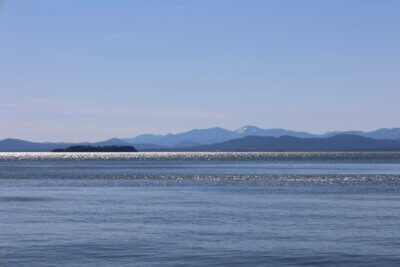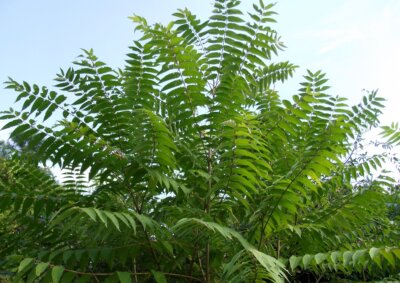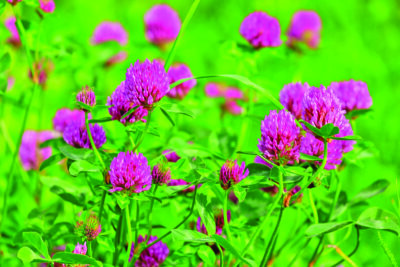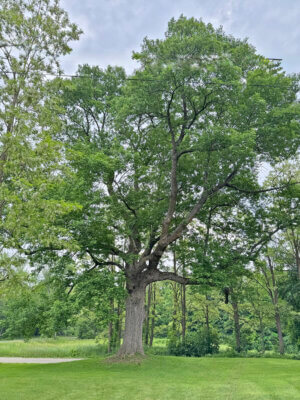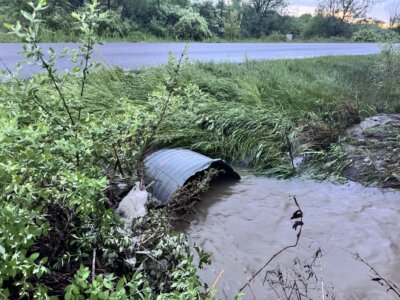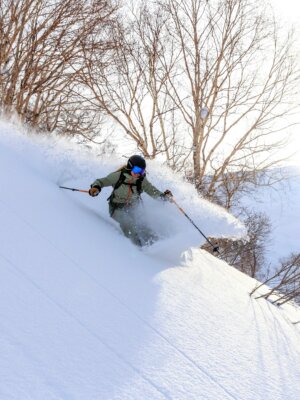The importance of corridors
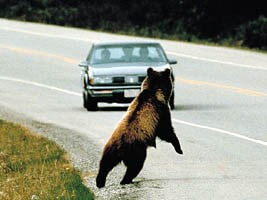
Keeping Charlotte a “home sweet home” for all our residents.
How would you react if you received a notice that said your home property would be bisected by a new highway? You would likely go to your town, county and state officials, hire a lawyer, form a neighborhood group to defeat this issue, and, in the end, maybe even try to physically obstruct the process. You have rights, and you voice your objections to this incursion.
Now ask yourself, how can wildlife express their distress when their home and ability to survive is threatened by a new road, by developments that fragments forests with spread-out houses and by the addition of domestic predators? The unfortunate truth is they can’t.
They try—they shift their routes and try to find new food sources and shelter, but this is becoming harder to do. The Vermont Agency of Natural Resources reported that “From 1980 to 2000, Vermonters consumed land at a rate of 2.5 times the rate of population growth.” The agency also found that today “Vermont loses 1500 acres every year of what is called significant wildlife habitat—deer wintering grounds, important wetlands, habitat for rare or endangered species and black bear habitat.”
Charlotte and many Chittenden County towns have experienced this growth in new housing and will likely experience a great deal more. The State of Vermont has recently responded to these factors by making people aware of the fragmentation of Vermont forests and the need to preserve corridors.
For those of us who grew up thinking a corridor was the hallway our schools used to access classrooms, the scientists from the Conservation Corridor Organization define them as, “habitats that are typically long, relative to their width, and connect fragmented patches of habitat.” They go on to say that corridors allow animals to migrate and disperse to facilitate a healthy population and gene pool. The importance of corridors was exemplified when Florida experienced near loss of its native catamounts. Inbreeding and high mortalities on highways that blocked animal movements greatly affected their health and survival.
In addition to cougars, Florida has had high mortality in the black bear population, dropping from an estimated population of 12,000 to an endangered species of 1,500 or fewer, according to the Federal Highway Administration. Approximately 50 bears are reported killed on Florida’s roadways each year. The National Highway Traffic Safety Administration calculated that there is an animal death at least every 26 seconds across our country. This results in approximately a billion dollars in property damage and an average of 200 human deaths every year.
Some towns across the United States have created over- and underpasses to assist animals in their necessary movements across transit zones, with signage for drivers to be on the watch for wildlife. This can reduce deaths and severe injury for both the animals and drivers.
Just to our south an amphibian road crossing was constructed and resulted in a safe transition from forest to pond for thousands of amphibians. According to Mark Ferguson of the VT Department of Fish and Wildlife, “Most amphibian migration takes place over several rainy spring nights. On these nights, drivers should slow down on roads near vernal pools and wetlands, or try to use an alternative route.”
Turtle nesting activity reaches its peak from late May to June. If you are in a safe area, you can assist the turtle to cross from ponds and wetlands to nesting soils. If the turtle is a snapping turtle (the back of the shell has pointed sections) you will want to use a shovel or something to keep away from its head and sharp beak. They have long necks and will pivot to express their displeasure at being herded.
Another thing that all towns can do is adopt planning guidelines that cluster houses to decrease the impacts on wildlife and plant communities and to encourage the preservation of larger habitat areas that link together needed corridors for connectivity. It has been shown that each new house affects the quality of the natural areas around it in a “ripple” effect. Compact development that clusters new development in areas with the least ecological value has been shown to be the best way to preserve high-quality habitat and unimpaired blocks for wildlife and plant communities. New research in Canada has found that “protecting the top 17 percent of the regional area based on prioritizing for habitat quality and connectivity could lead to the retention of up to 72 percent of all conservation criteria.”
A 2006 survey by the U.S. Fish and Wildlife Service found that “about 45 percent of Vermonters took part in wildlife watching activities, 150,000 Vermonters engaged in hunting or fishing and visitors and Vermonters spent $383 million dollars in wild-life-associated recreation.” This past year much of Charlotte was thrilled to experience the sight of a mother bear and her two cubs. According to the 2008 Vermonter Poll, “preservation of Vermont’s working landscape is a priority for over 97 percent of Vermonters.” Many species, such as bear, bobcat and otter, are wide-ranging and depend upon open corridors such as those found along rivers and ridges to migrate across the landscape to meet their needs for food and shelter.
So, what else can be done to keep this connectivity through Charlotte? The Charlotte Conservation Commission has purchased some road signs to alert drivers to be watchful for animals crossing. These will be installed, with Selectboard permission, after careful camera monitoring of suspected predominant crossing areas. The commission will also be asking for input from residents to add to and fine-tune information about areas that serve as habitat connectors. Together, we can keep Charlotte a “Home Sweet Home” for all our residents.
Linda Radimer is a member of the Charlotte Conservation Commission.
Related Stories
Popular Stories
If you enjoy The Charlotte News, please consider making a donation. Your gift will help us produce more stories like this. The majority of our budget comes from charitable contributions. Your gift helps sustain The Charlotte News, keeping it a free service for everyone in town. Thank you.
Andrew Zehner, Board Chair



